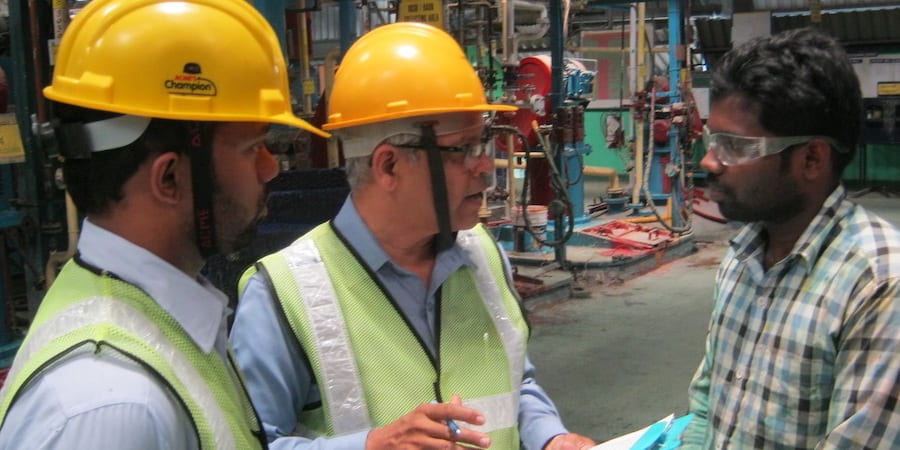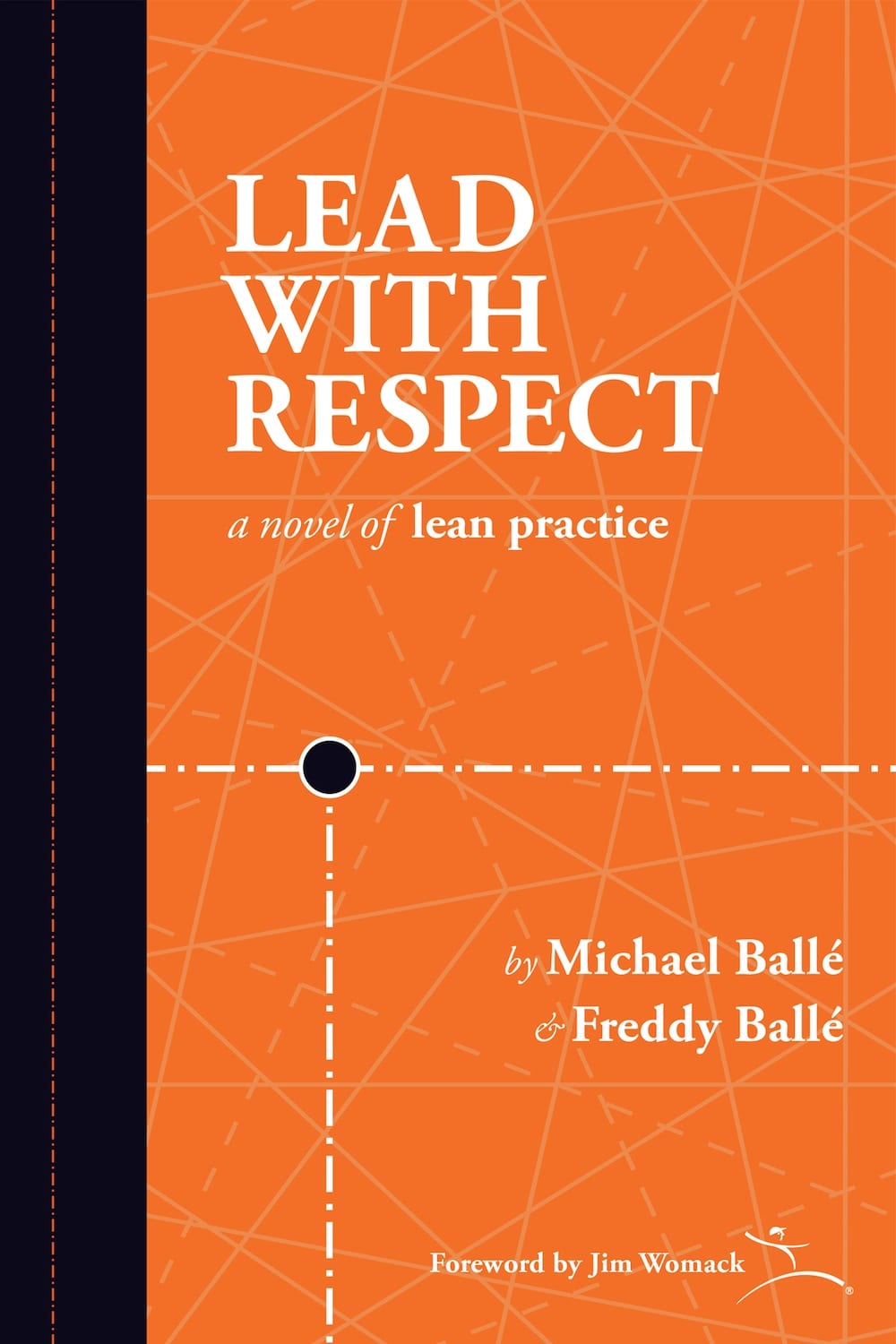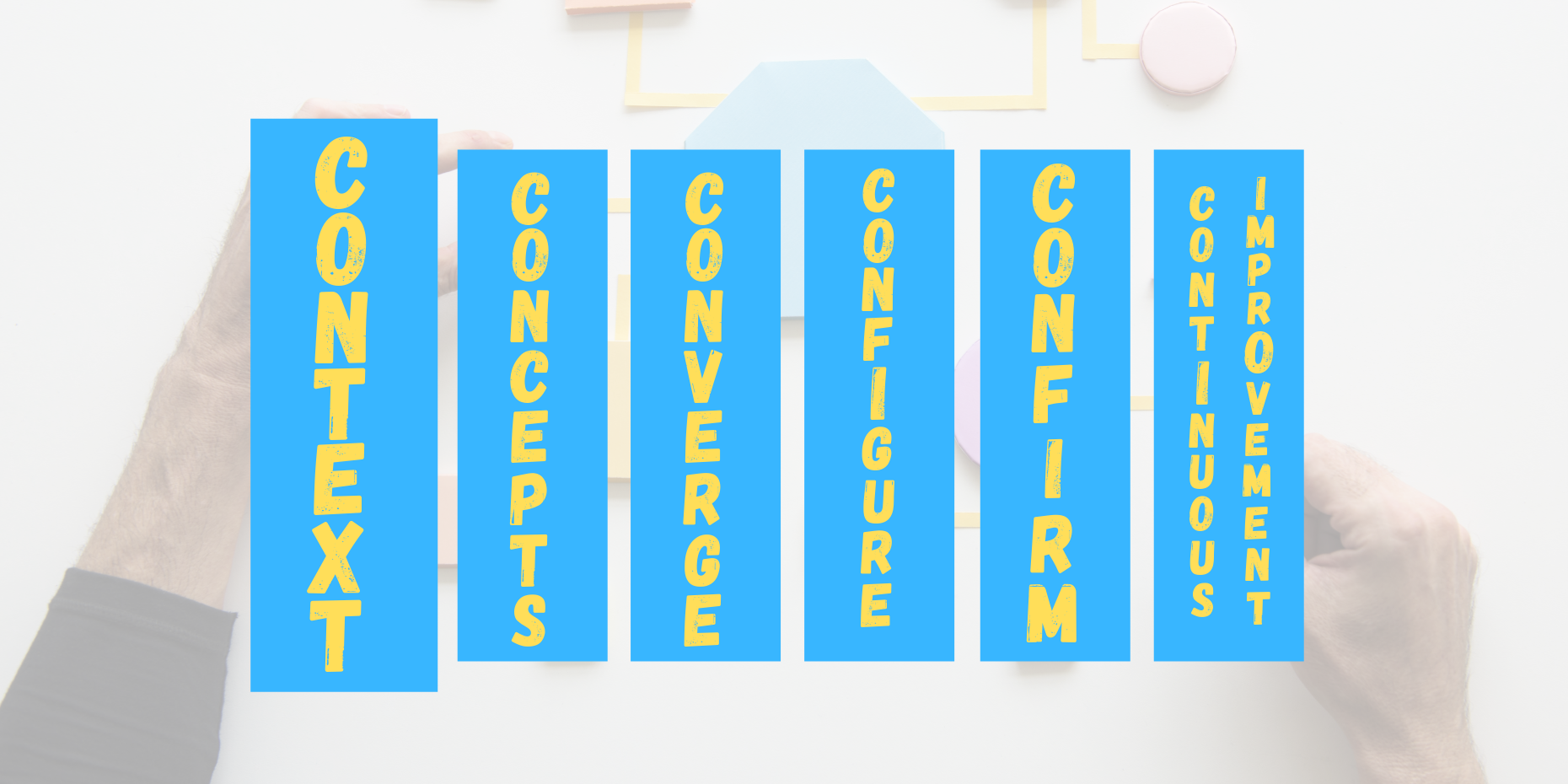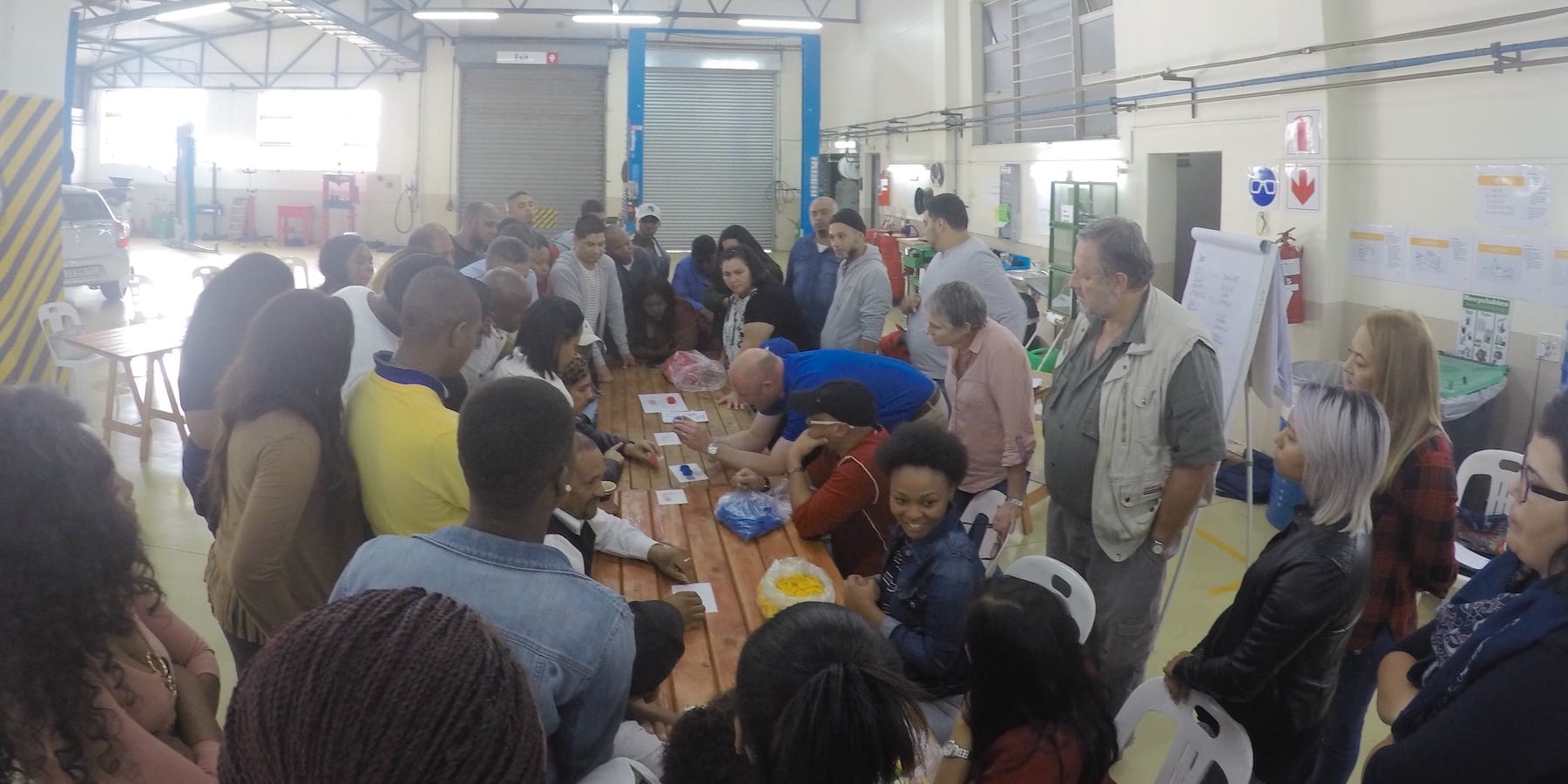
When a book on lean thinking shapes management behaviors
FEATURE – When they realized their lean efforts had overlooked the crucial aspect of management behavior, AkzoNobel senior leaders turned to a great lean book for help with leadership development.
Words: Louise Heather, Continuous Improvement Manager, AkzoNobel Decorative Coatings
Back in 2009, we completed a review of how many people at AkzoNobel knew lean. What we found was quite discouraging: few people knew about lean thinking, and even fewer knew how to use it. We therefore needed to increase people’s knowledge and capabilities.
The initial step, in 2010, was to organize a number of learning experiences in five regions for 180 senior leaders across Supply Chain. These learning experiences covered the fundamentals of lean thinking, from value stream mapping to flow. We wanted to give as many people as possible an appreciation of the lean way of thinking and, while we didn’t stipulate the approach people should take following the learnings sessions, we quickly saw experiments being initiated in each of the regions. Interestingly, people were picking what they needed at the time in order to solve the problems they were facing.
In Latin America, for instance, they focused on hoshin, while the SESAME (South East Asia, South Asia and Middle East) region made an effort to learn kaizen and really involve everybody. In Europe, the focus was on 5S and visual management, while in China they mainly looked at daily management.
By 2013 these experiments were pretty mature. At that point, each region realized they had gaps and needed some of the knowledge that had been developed in other areas of the business. That’s when people started looking at what their colleagues around the globe were doing. What had started off as an experiment turned into a pull-based transformation, where people take the knowledge they need and apply it. The growth of lean at AkzoNobel was very organic. One of the most important developments in our journey came from our teams learning from their Chinese colleagues about daily management.
Our approach taught us important lessons, but it was in many ways limited. It only focused on three of the five dimensions of the Lean Transformation Framework. We did a lot of work to identify our problems, train and develop our people, and change the work, but failed to address the creation of an effective management system and the underlying culture guiding our transformation. This unbalanced approach led to a results-driven transformation and to an excessively mechanical use of the lean tools. Critically, we didn’t understand how top management could support the front line in the uncertainty typical of a transformation. Therefore, delivery of performance improvement was slow to come and difficult to see.
In the meantime, in 2014, our new Supply Chain Director decided that there was too much diversity in our approaches to improvement across the world, and decided to create and implement our own production system: AkzoNobel Leading Performance Systems (ALPS).
We clearly needed a better approach to change if we were to live up to the expectations of the new system. That’s when a certain book came into the picture.
A BOOK INSPIRES A DIFFERENT APPROACH

Being asked to read a book for work can be a chore, so when my director, Steve Warren (Director of Supply Chain Development) suggested we use Michael Ballé’s Lead with Respect to illustrate the importance of management behavior, we were unaware of the profound impact it would have on our lean transformation.
Personally, it helped me change my mindset on the meaning of respect and therefore how we as leaders should behave. It appeared to hold the missing pieces to the jigsaw puzzle. We decided to turn some of its lessons into experiments aimed at changing our behaviors. I think that the power of Lead with Respect lies in the fact that this is not a traditional workbook, but a story that people really relate to. (I once nearly missed a plane because I was so involved in reading it!)
We began with a workshop with senior leaders in which we asked them to read the first three chapters of the book and to capture the learning’s in an A3. Following that, we discuss how those ideas apply to their world, and on what they’d begin to do differently.
We are using the book to develop leadership skills, basing our experiments on the seven practice of Lead with Respect that Michael Ballé talks about:

So our leaders began to go and see at the gemba, to learn facts first hand and to start listening to, learning from and challenging our people to help them to identify improvement opportunities. We have seen changes in our leaders, many of whom are very open to embracing the new behaviors. In general, there is less telling and more coaching, which is the main cultural change we were after.
We have also done quite a lot of work improving the foundations of our daily management to use it as the basis of our management system, with an increased focus on visual management, daily accountability and standard work. Meetings at the gemba are now used to set daily expectations (the support and teamwork parts of the Ballé graph), and more importance than ever before is placed on developing people’s problem-solving skills. It became clear to us that the experiments that we had run in our regions between 2010 and 2013 had laid a strong foundation on which our company-wide production system (ALPS) can thrive today.
We have seen a lot of performance improvements since 2014. Our new measure is productivity, which we have completely turned around from a negative to a positive measure: mean unplanned downtime, for example, decreased in one site by 78% between January and October 2015. In another, inventory has also dropped, while at the same time service has improved markedly. Wherever capability development is supported by behavioral change, we are seeing a very positive trend, which proves that these changes are having the desired impact.
These exercises have changed our expectations of management, and it is wonderful to see a growing interest in this area by our top leaders. The business has created a set of behaviors for all leaders to adopt, and our supply chain leaders are encouraging their respective businesses to read the book.
The stone is still rolling, and not just in Supply Chain. We would like to see faster improvement (who doesn’t?) and there is still much to be done in shaping the mindset and behaviors of not only the leaders but everyone. Lead with Respect planted the seed, and the work we have done in the past can be leveraged to turn that seed into a strong tree.
This article is also available in Hungarian here.
THE AUTHOR

Read more


INTERVIEW – By making lean its way of thinking and acting, a hospital in Porto Alegre, Brazil was able to dramatically improve patient flow and transform its culture.


FEATURE – How does the improvement department of a company become a hindrance to the transformation? The author answers this question and discusses how this can be avoided.


SERIES – The authors discuss the first of six elements in their process development model – Context – highlighting the importance of gaining clarity on the objectives of the process being created.


FEATURE – The principal of the Halfway Ottery dealership explains how their lean culture based on respect and improvement is not only changing the business, but transforming the lives of people in the townships.

